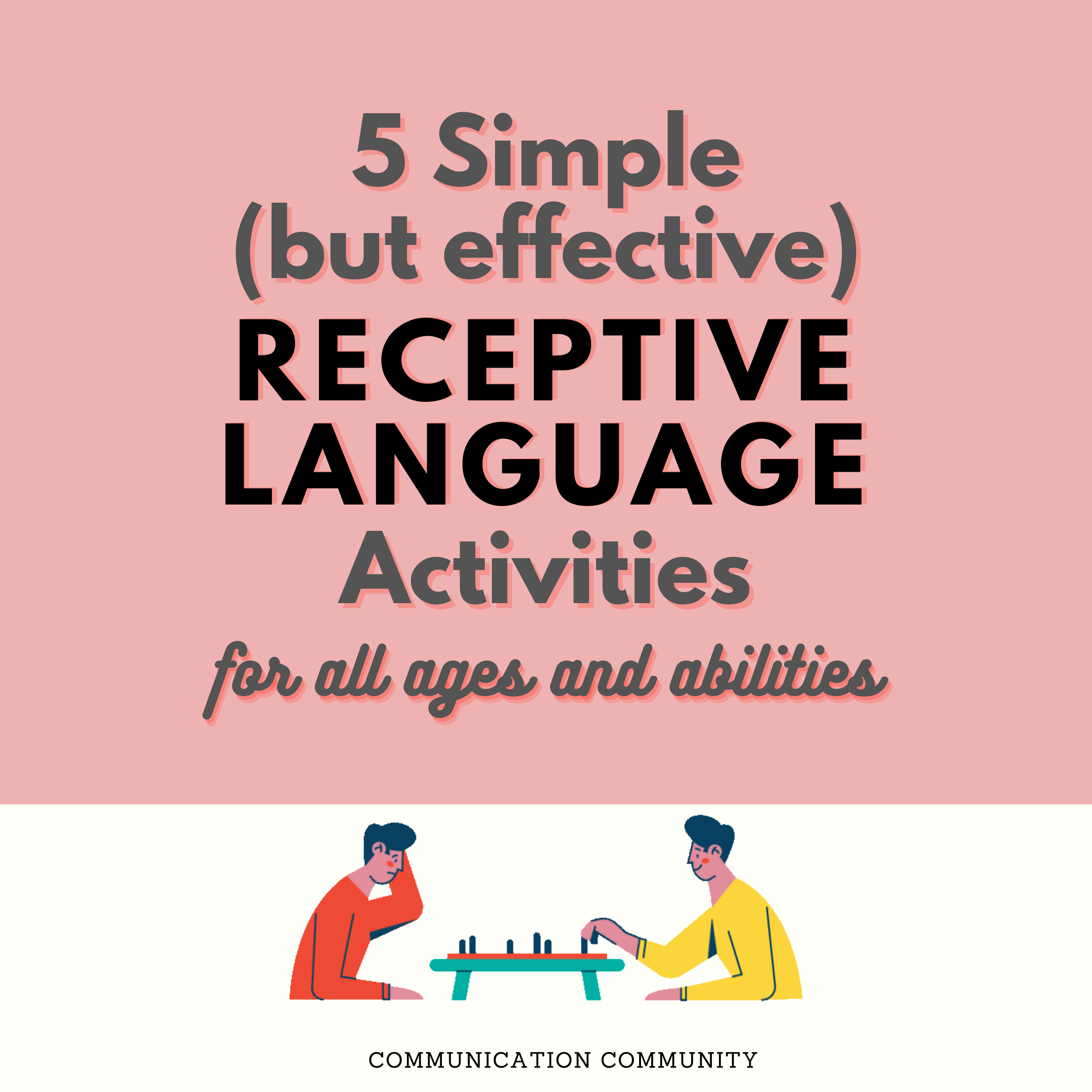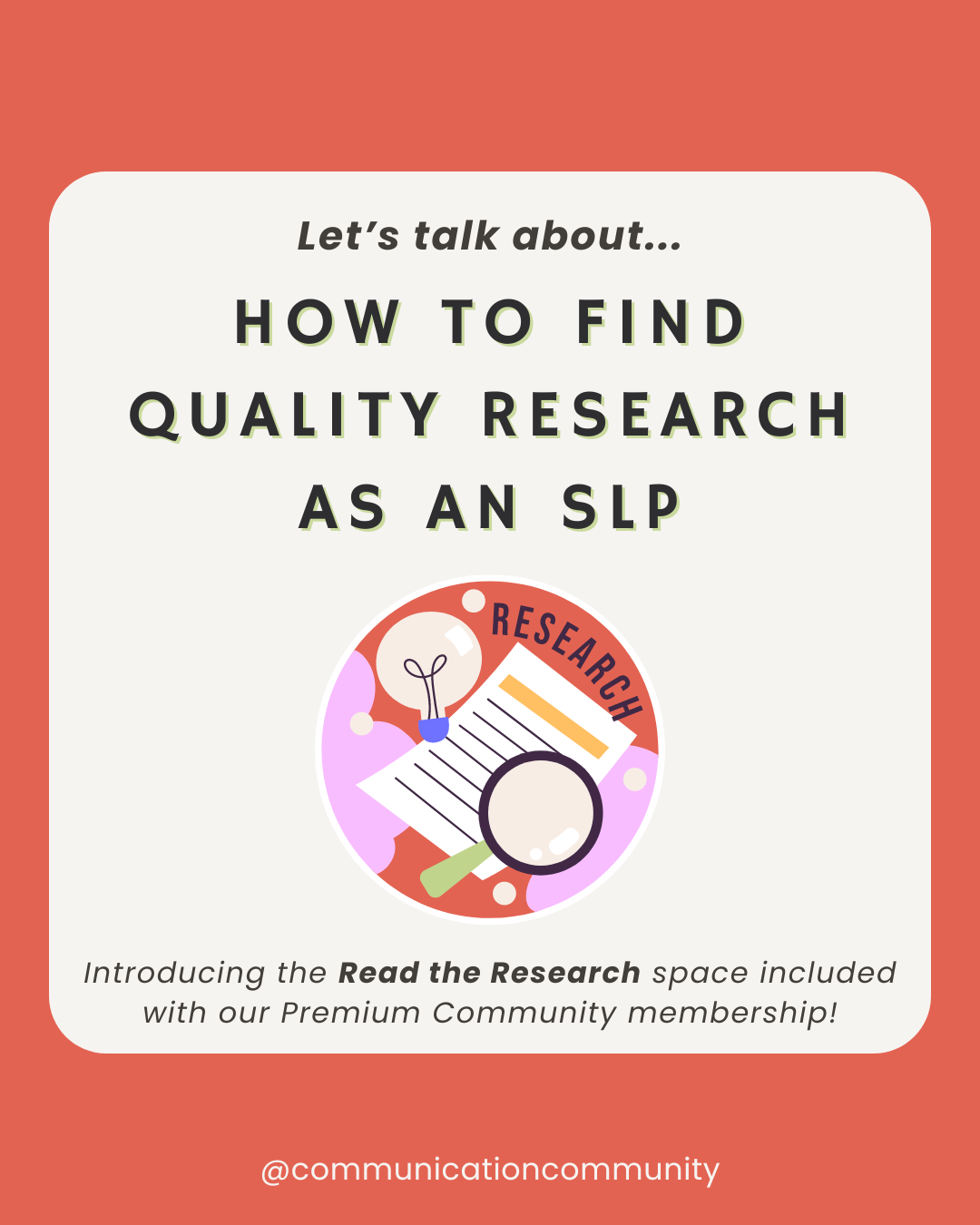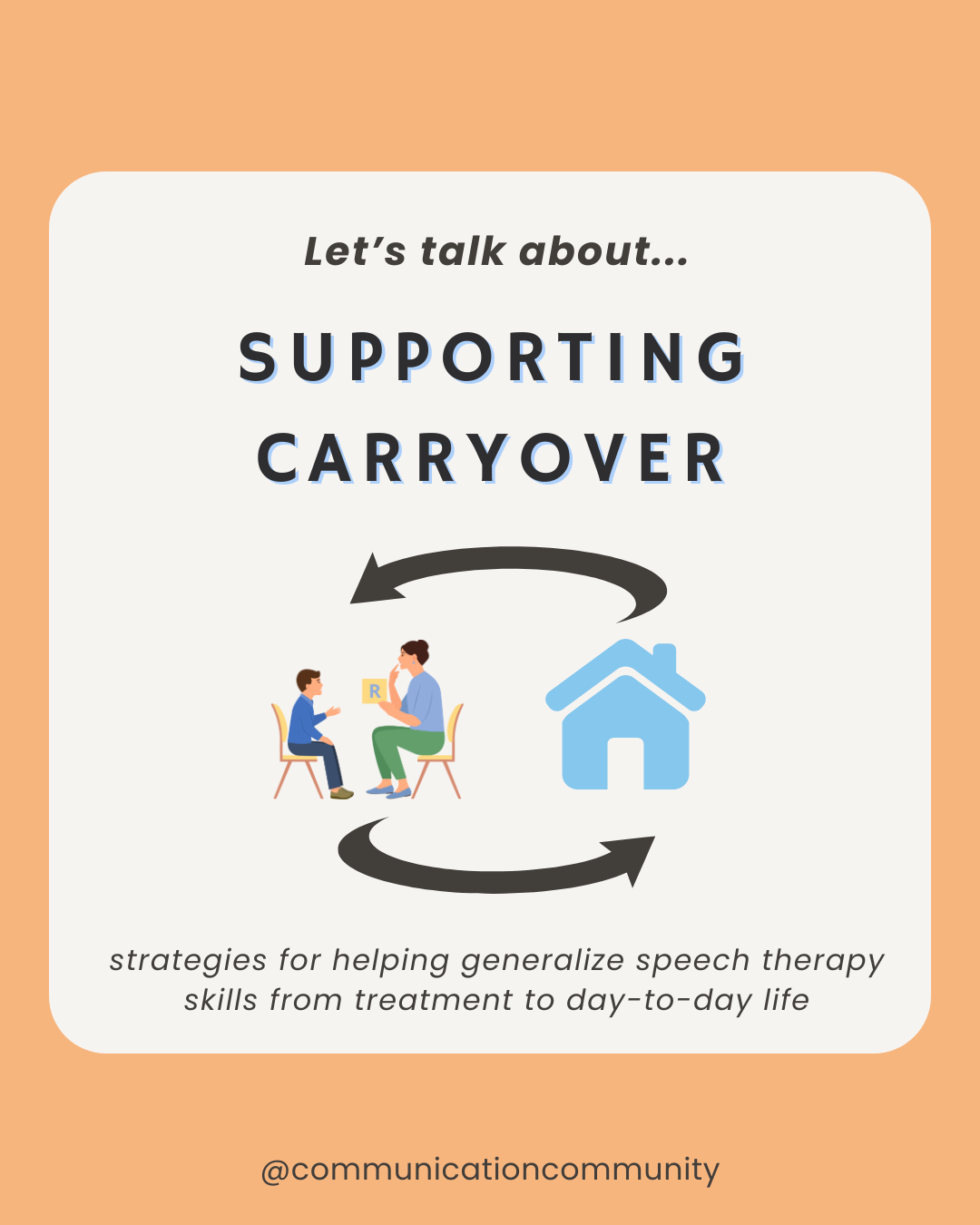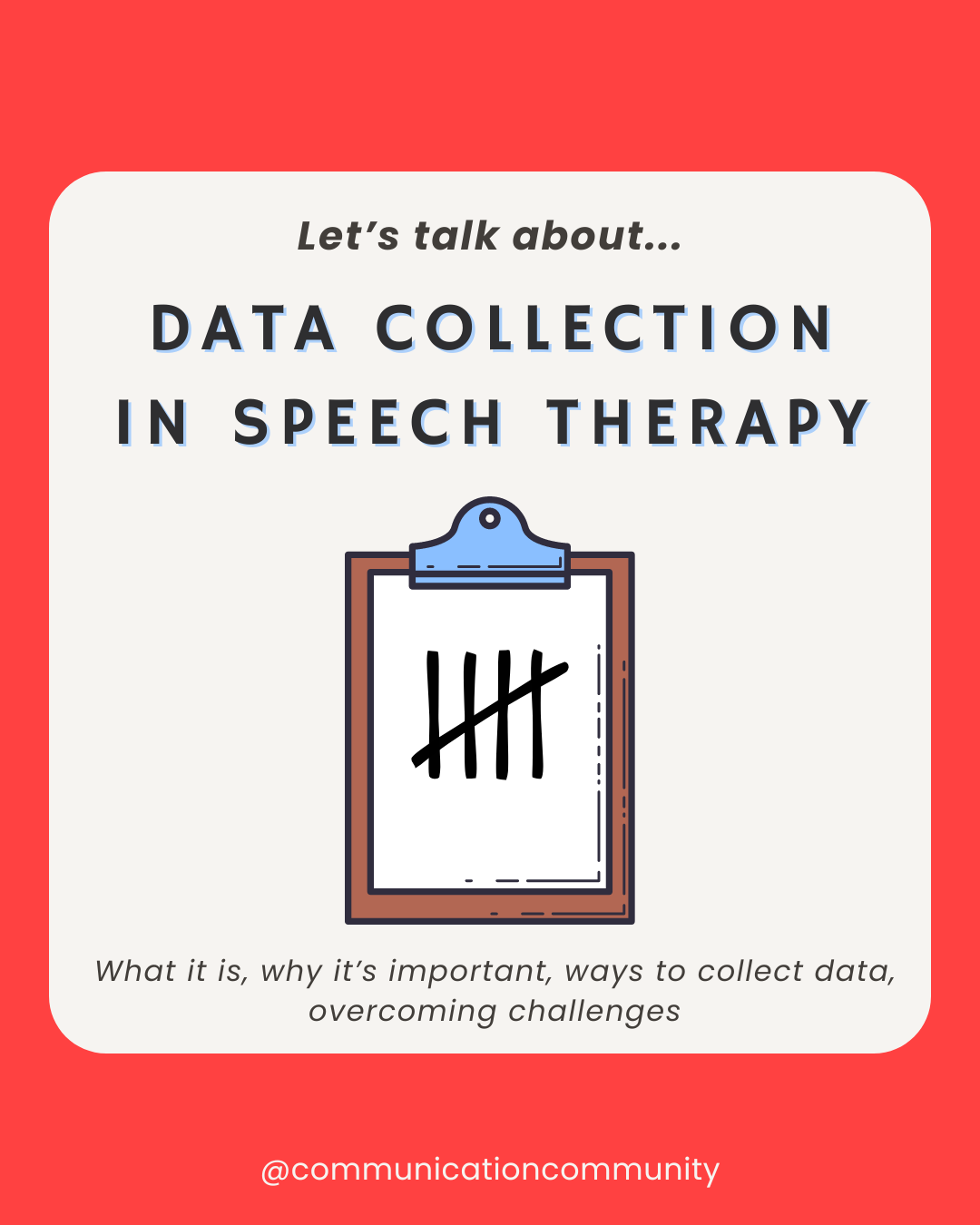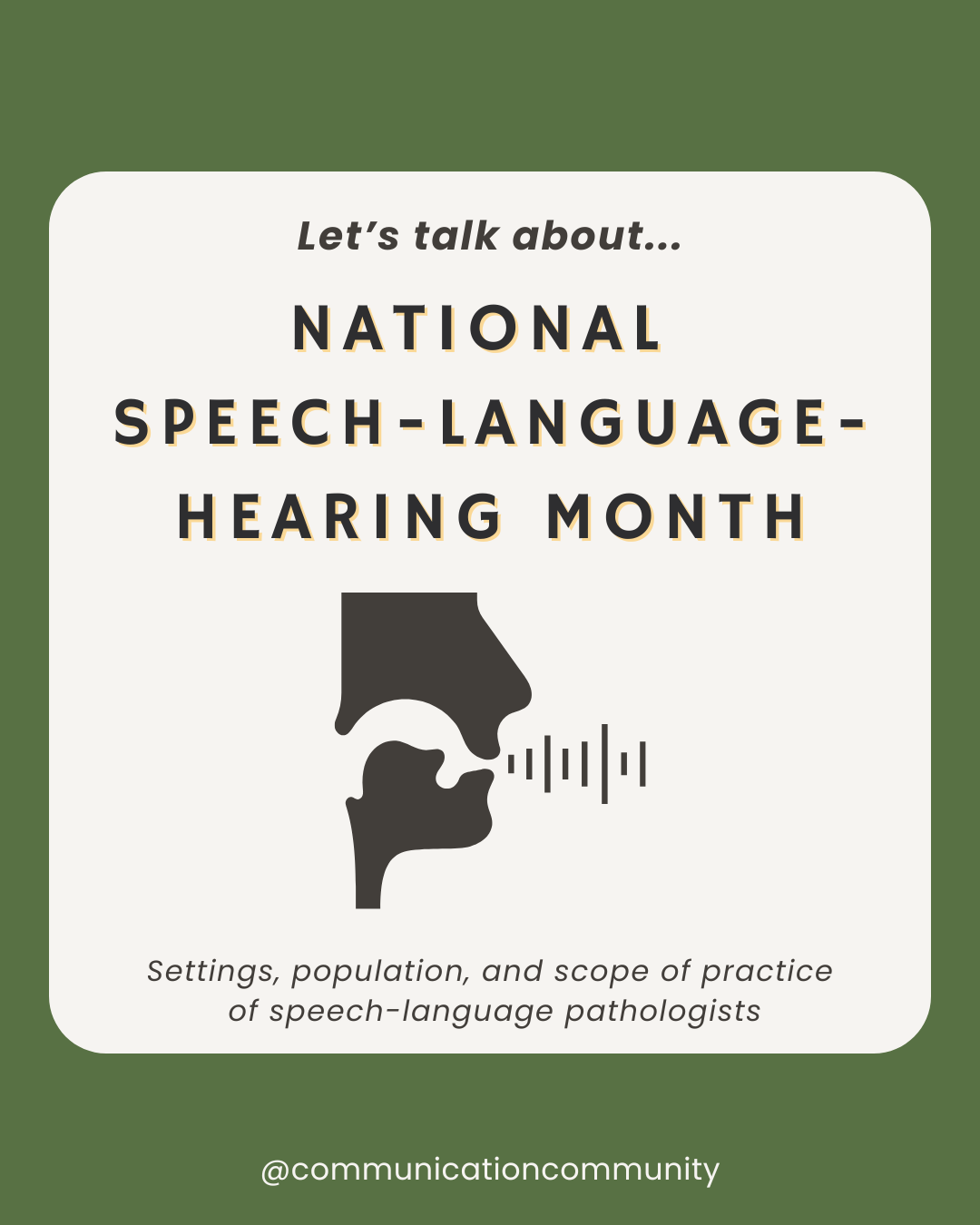Receptive language is the language that individuals understand. This primarily includes listening and reading, but may also include understanding signs and symbols. Being able to understand others is essential for communication, which is why receptive language skills are important to develop.
For more information about receptive language, check out our complete post, What is Receptive Language? (And Why it is Important to Understand). This article walks you through receptive language as it applies to the 5 Domains of Language. You can also check out our post, How to Write Receptive Language Goals (with goal bank), for information on writing goals.
Once you’ve learned about receptive language, and know how to write goals, you are ready to target receptive language in therapy! …So we’ve come up with a list of our favorite ways to target receptive language skills. Many of these activities are great ideas for carryover too; caregivers can engage with individuals to help develop/increase these skills at home.
5 Ways to Improve Receptive Language
1. Play games!
We talk about playing games a lot because they are both fun and provide a lot of opportunities for developing communication skills. Following directions is important for playing games AND following directions is an important part of receptive language.
Some great games for increasing listening comprehension skills include:
- Simon Says: You can play Simon Says in the more traditional way (e.g., “Simon says touch your head,”) or with a hands-on game like Bop It! You can also change it up to target specific skills, such as sequencing or prepositions. For example, you can say “Simon says wave your hand first then hop on one foot.” or “Simon says stand in front of the chair.”
- Memory games: You can make your own memory game or modify one you already have, such as an alphabet matching game in order to target specific skills. If you are targeting phonology and identifying speech sounds, you may have individuals match speech sounds together, then say a speech sound and have them tell you if that matches the sounds they found.
2. Read books
Reading books is a great way to develop a wide variety of communication skills, including receptive language. Books can be used for:
- Building vocabulary: if you have a picture book, you can ask individuals to point at things, such as “point to the girl,” or “point to the person running.” You can also use books or passages that don’t have pictures, select a vocabulary word, present 2-4 possible definitions, and have the individual pick the correct definition. For example, say the book has the word, “gleeful.” You can ask if that means, “happy, sad, or quick.”
- Developing morphosyntactic skills: when reading a book, purposely use incorrect grammar and provide the individual with options for correcting it. You might say, “the dog runned outside,” and then ask the individual if “runned” was correct or what the correction should be (i.e., “ran”).
3. Use blocks
Blocks can be used “as-is” or easily adapted to target receptive language skills.
- Categorical concepts: They can be used to target categorical concepts, such as grouping together all the “big” blocks and “small” blocks. They can also be sorted by color or by shape. Many blocks also have different symbols or numbers on them that can be used for sorting.
- Morphological skills: You can write on (or temporarily label with post-its) blocks and have individuals find the correct word ending to fill in sentences. For example, given the sentence, “The teacher say_ it’s time for lunch,” they can choose between blocks that have “-s,” “-ing,” or “-ed.”
4. Let them “Be the teacher”
Turn the tables and let individuals “grade” or “check” your work as you complete certain activities. They can watch you do something and tell you if it was “correct” or “incorrect.”
- Simon Says: purposely do the incorrect move.
- Blocks: incorrectly sort blocks or pick the wrong word ending when working on grammar skills.
- If you are reading a story, you can say what you “think” certain story elements are.
5. Engage in I Spy…
I Spy… can be used in all different settings for individuals of all ages and abilities. There are I Spy... games but you can also play it while reading a book, watching a video, taking a walk, at a store, and more. Use I Spy… to target receptive language skills across all domains.
- Phonology: I spy…something with the “m” sound.
- Morphology: I spy…things that are green. (e.g. more than one thing)
- Syntax: I spy…a past tense verb.
- Semantics: I spy…something that is large.
- Pragmatics: I spy…someone who looks happy.
These are only a small number of ways to target receptive language skills! Scavenger hunts, taking photos, arts and crafts, and puzzles are some of our other favorite ways to improve one’s ability to understand language.
This post contains some affiliate links and we may be (slightly) compensated if you use them, but all opinions are our own. We appreciate the support!
Related Resources and Articles
- 5 Simple (but effective) Expressive Language Activities
- How to Write Receptive Language Goals
- Best Games for Speech and Language
- Best Books for Speech and Language
- How to Target WH- Questions
Receptive Language Products
20 STORIES, 100 QUESTIONS - COMPREHENSIVE RESOURCE
Check out our fall-themed WH- question stories - great for independent work or small group activities!

School-Aged Goal Bank for Receptive, Expressive, and Pragmatic Language Goals
This comprehensive resource (our best seller!) allows you to create thousands of unique, specific, and measurable goals.



